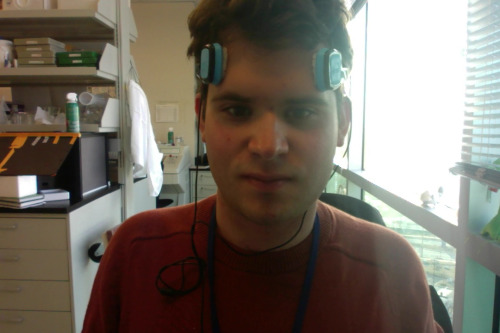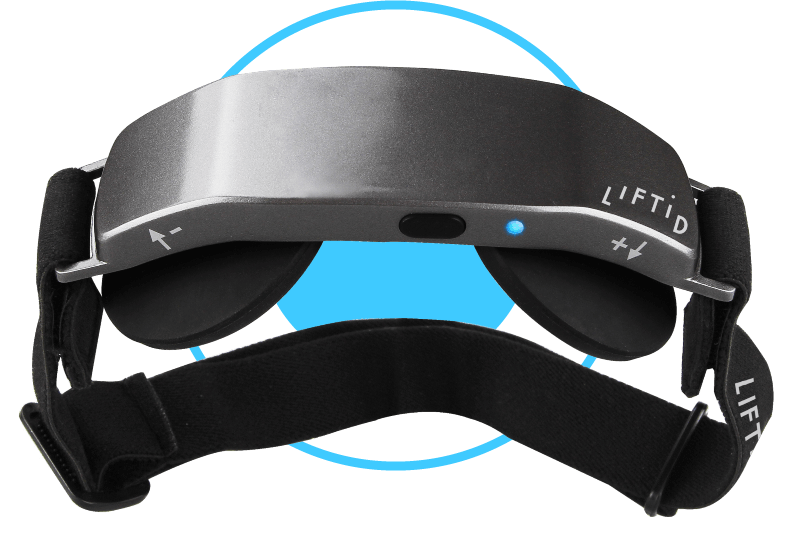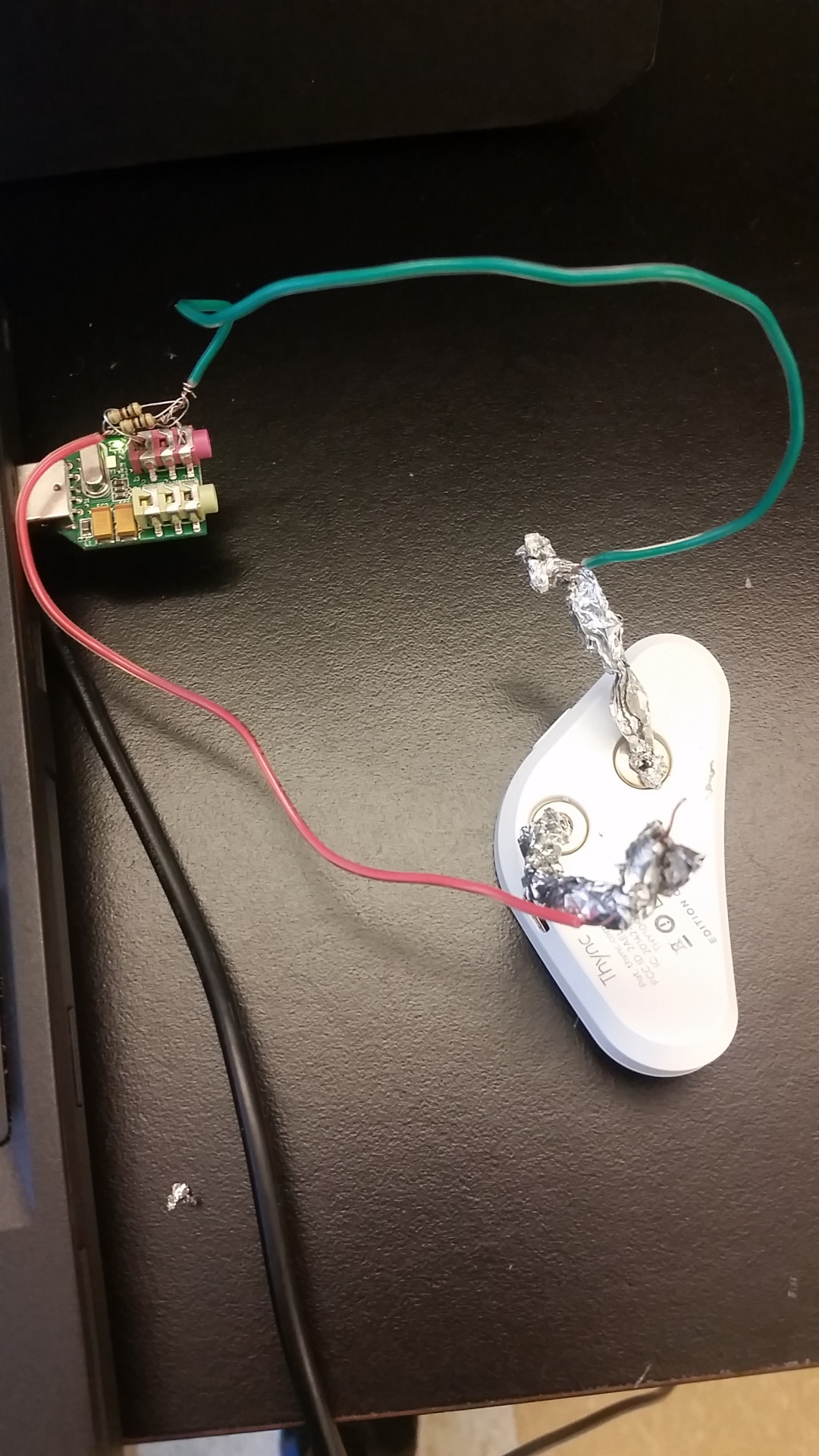Fantastic to have a resource in the community like Nathan who has the background and technical expertise to do a deep dive into assessing a device like the new Foc.us v2. The entire review is a must read but here I’m quoting his analysis of the safety issues.

The foc.us also includes some new safety features designed to reduce the risk of high-current-density induced injuries. The most interesting is a soft voltage limit; while the device can technically output voltages out to 60V, users can specify a lower limit to not exceed. This provides protection if the connection between electrodes and the head starts to fail (due to electrode drying or drift, for instance); rather than increase voltage to the absolute maximum in an attempt to drive the target current over the failing connection (which can result in very high current density through a small patch of skin), the device can be configured to simply allow the current to drop using this limit. Unfortunately, there’s no actual alert that the connection is failing (although this can be deduced from looking at the current monitor during operation) but this still provides a good way to avoid many of the safety issues that the high maximum operating voltage would otherwise entail.
Another important area of safety is the ability of the current regulator to maintain its specified current and voltage outputs under varying conditions. Here I tested the device under two conditions: with relatively stable impedance at varying levels (simulating a typical use case in a person sitting still) and in an “impulse” condition, where impedance changes instantly from very high to very low or vice versa. The purpose of this testing method is to measure the device’s response to temporary very sharp changes in impedance caused by disconnection and reconnection of the electrodes as might occur in the Edge device when used during athletic performance.
Here the foc.us performed perfectly; neither current nor voltage ever significantly exceeded their specified maximums under varying conditions. The response to impulses was particularly impressive, with no significant “overshoot” even at the maximum voltage output.
via: http://quicktotheratcave.tumblr.com/post/114989398773/a-look-at-the-foc-us-v2





